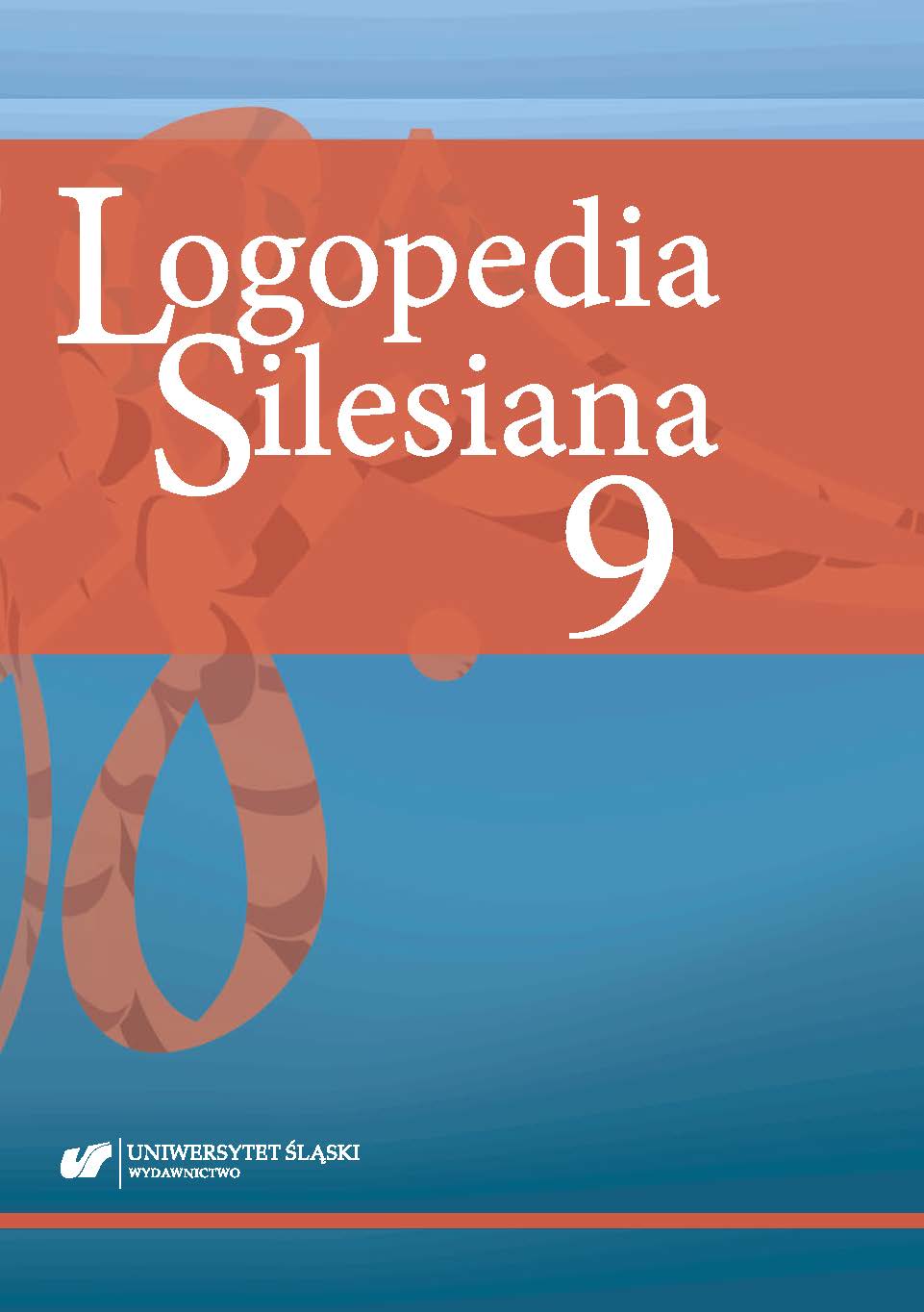Aspirant. Słownik Języka Polskiego. https://sjp.pwn.pl/szukaj/aspirant.html [data dostępu: 17.08.2020].
Google Scholar
Bujak, J. (1988). Zabawki w Europie. Zarys dziejów – rozwój zainteresowań. Kraków: Wydawnictwo Uniwersytetu Jagiellońskiego.
Google Scholar
Dorotka. Biblioteka Polskiej Piosenki. http://archiwum.bibliotekapiosenki.pl/Dorotka [data dostępu: 17.08.2020].
Google Scholar
Dziurda-Multan, A. (2008). Dziecięce sposoby tworzenie nazw. Lublin: Wydawnictwo Katolickiego Uniwersytetu Lubelskiego.
Google Scholar
Gałkowski, A. (2018). Definicja i zakres chrematonimii. Folia Onomastica Croatica, 27, 1–14. https://dx.doi.org/10.21857/mwo1vcz00y.
Google Scholar
Kovalchik, K. (2014). Why do we call parrots „Polly”? https://www.mentalfloss.com/article/55350/why-do-we-call-parrots-polly [data dostępu: 19.08.2020].
Google Scholar
Książę Harry nagrywa dla Netfliksa. Jest narratorem w bajce (2020). Onet. https://www.onet.pl/film/onetfilm/ksiaze-harry-nagral-wstep-do-bajki-tomek-i-przyjaciele/5lkv4r8,681c1dfa [data dostępu: 15.08.2020].
Google Scholar
Lista imion żeńskich w rejestrze PESEL stan na 21.01.2020 – imię pierwsze. Otwarte Dane. https://dane.gov.pl/dataset/1667,lista-imion-wystepujacych-w-rejestrze-pesel-osoby-zyjace/resource/21489 [data dostępu: 13.08.2020].
Google Scholar
Lista imion męskich w rejestrze PESEL stan na 21.01.2020 – imię pierwsze. Otwarte Dane. https://dane.gov.pl/dataset/1667,lista-imion-wystepujacych-w-rejestrze-pesel-osoby-zyjace/resource/21487 [data dostępu: 13.08.2020].
Google Scholar
Needpix.com. https://www.needpix.com/photo/1693803/beach-beach-ball-ball-beach-accessoriesfun-free-vector-graphics [data dostępu: 10.07.2020].
Google Scholar
Okoń, W. (1995). Zabawa a rzeczywistość. Warszawa: Żak.
Google Scholar
Pixabay. https://pixabay.com/illustrations/aircraft-vehicle-transport-toy-3964858/ [data dostępu: 10.07.2020].
Google Scholar
Pxfuel. https://www.pxfuel.com/en/free-photo-xclro [data dostępu: 10.07.2020].
Google Scholar
Rada Języka Polskiego (2011). Lula. http://www.rjp.pan.pl/index.php?option=com_content&view=article&id=1436:lula&catid=76&Itemid=146 [data dostępu: 15.08.2020].
Google Scholar
Radden, G., Kövecses, Z. (2007). Towards a theory of metonymy: Metonymy in language and thought. W: V. Evans, B.K. Bergen, J. Zinken (red.), The cognitive linguistics reader (s. 335–359), London: Equinox.
Google Scholar
Rutkiewicz-Hanczewska, M. (2016). Neurobiologia nazywania. O anomii proprialnej i apelatywnej. Poznań: Wydawnictwo Naukowe Uniwersytetu im. Adama Mickiewicza.
Google Scholar
Rutkowski, M. (2012). Słownik metafor i konotacji nazw własnych. Olsztyn: Instytut Filologii Polskiej, Uniwersytet Warmińsko-Mazurski.
Google Scholar
Rutkowski, M. (2017). Nazwy własne w strukturze metafor pojęciowych. Onomastica, 61(2), 91–104. https://doi.org/10.17651/ONOMAST.61.2.9.
Google Scholar
Tokarski, R. (2013). Światy za słowami. Wykłady z semantyki leksykalnej. Lublin: Wydawnictwo Uniwersytetu Marii Curie-Skłodowskiej.
Google Scholar
Tomecka-Mirek, A. (2007). Najmłodsi użytkownicy polszczyzny i ich onomastyczne wybory. Jak dzieci w wieku przedszkolnym nazywają swoje zabawki. W: A. Cieślikowa, B. Czopek-Kopciuch, K. Skowronek (red.), Nowe nazwy własne – nowe tendencje badawcze (s. 529–540). Kraków: Pandit.
Google Scholar
Wideo na życzenie. https://pl.wikipedia.org/wiki/Wideo_na_%C5%BCyczenie [data dostępu: 17.08.2020].
Google Scholar


 https://doi.org/10.31261/LOGOPEDIASILESIANA.2020.09.16
https://doi.org/10.31261/LOGOPEDIASILESIANA.2020.09.16

 10.31261/LOGOPEDIASILESIANA
10.31261/LOGOPEDIASILESIANA